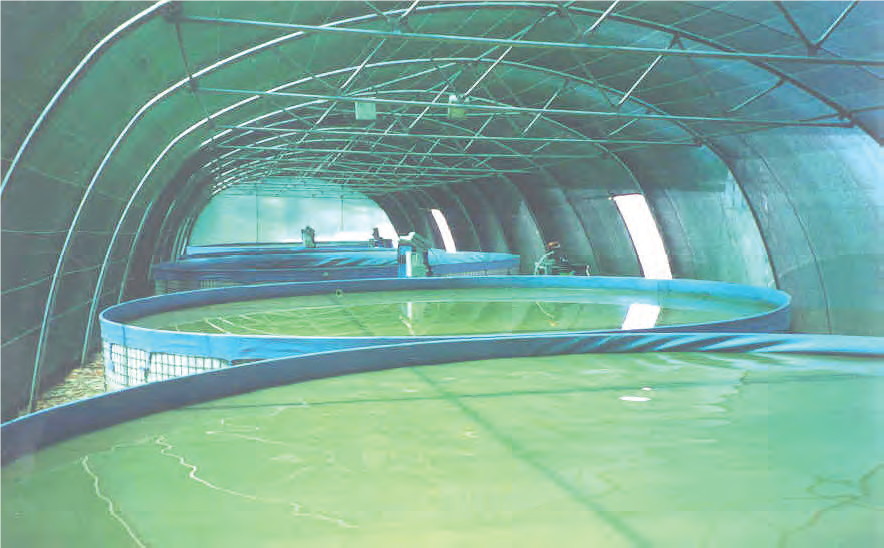Empowering Growth: Greenhouse System Insights on Macro- and Micronutrients
Greenhouse System – Growers who use plastic-lined dams or ‘porta-pools’ as nutrient solution reservoirs, fill these huge reservoirs with water, adjust the total alkalinity (pH) and then add the correct mass of each kind of fertilizer to it. An applied fertilizer should be dissolved before the next fertilizer is added. Pumps are used to induce a stir action.
Pre-mixed Fertilizers for Greenhouse System
With this procedure, the possibility of having high concentrations of ions such as calcium and sulphate in one area is minimised and precipitation is prevented. Growers with good quality feeding water (EC<0.3 mS cm-1) may prefer to buy pre-mixed fertilizers. Most ‘ready mixes’ are sold in two bags; one containing Ca (and possibly Fe-chelate and some potassium nitrate) and the rest of the nutrients are kept in a second bag.
These bags should be dissolved separately. A problem with open, dam reservoirs is that algae grow in nutrient-rich water when it is exposed to light. Even though the solution may appear to be clear, low concentrations of algae may still block filters and drippers. Thus, solutions in open reservoirs or ‘portapools’ should be darkened.

Where the shading is not sufficient, such as shown in the picture, algae will remain to be a problem.
Most growers with modern greenhouse systems use concentrated stock solutions in two or more tanks. They use special equipment to control the release from stock solution tanks into the feeding water so that the nutrient solution may reach the greenhouse at the correct EC and optimum pH.
Where the quality of the feeding water is good, having an acceptable alkalinity and an EC of less than 0.3 mS cm-1, a commercial ‘ready mix’ may be used. These pre-mixed products are usually sold in two bags. The contents of one bag are dissolved into the first stock solution tank and the other into the second tank.
By adding 100 times more than the prescribed dose, the stock solutions will be 100x concentrated. These concentrates are both fed into the feeding water at a rate of one litre per 100 litres of water. This is done by injecting the concentrates (A and B), at a distance of at least 1.5 m apart into the pipe with feeding water to allow mixing of A with the water before B is injected.
Using feeding water that contains high levels of essential nutrients in the feeding water, it can simply be supplemented, changing the feeding water into a nutrient solution, rather than simply adding a standard mix to the water. ‘Ready mixes’ should not be used where the EC of feeding water is higher than ±0.3 mS cm-1 or where it contains high micronutrient levels. By compiling a nutrient solution to fit specific water or growing conditions, better ion ratios will be possible with a lower fertilizer bill as bonus.
More about this subject and other Greenhouse System articles in future editions of Undercover Farming Expo.

Information by kind permission of Dr J Combrink, Stellenbosch.

